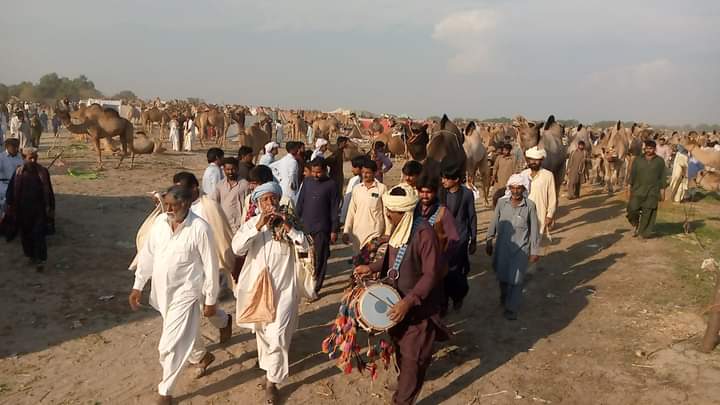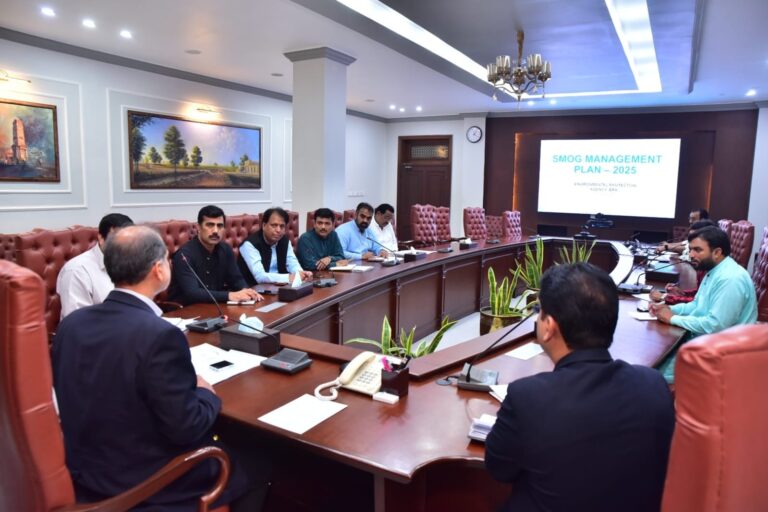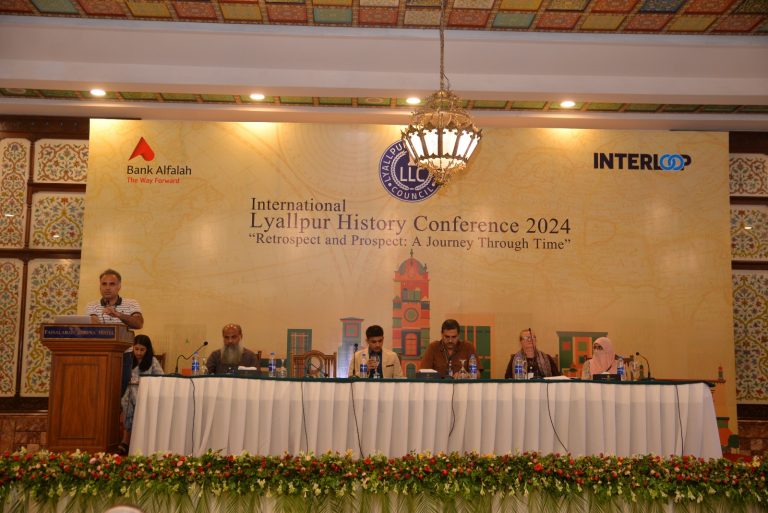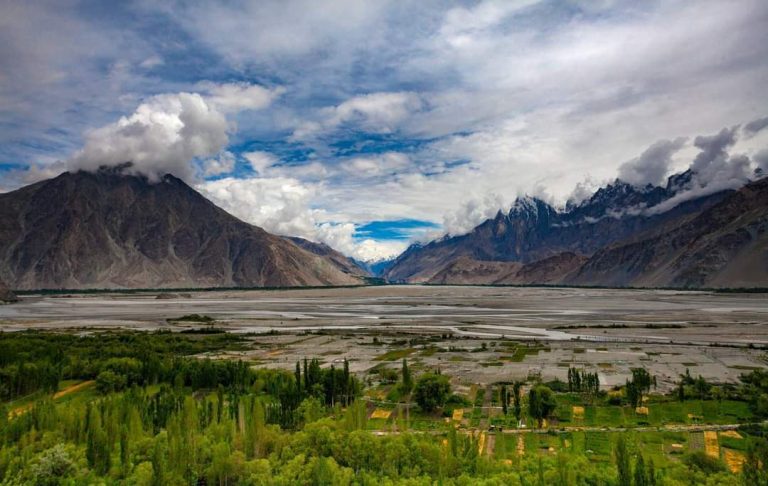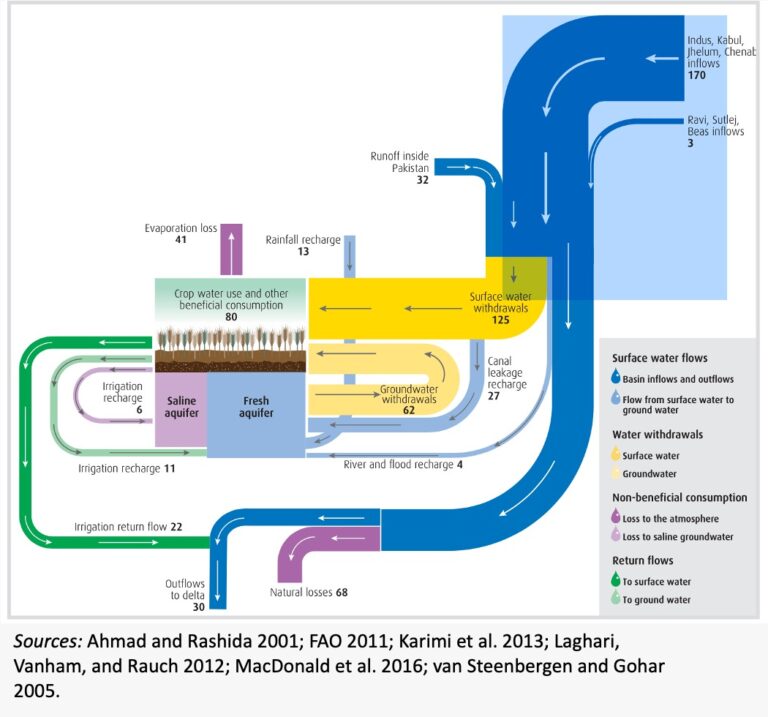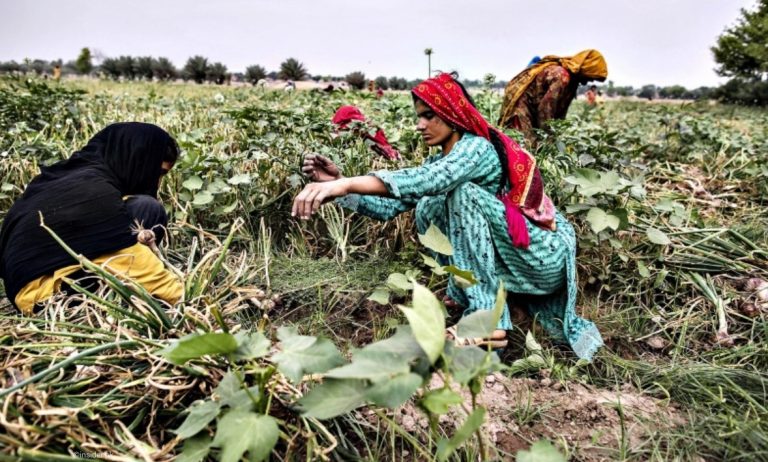Behind the Record Rainfall Claims in Faisalabad: Mismanagement or Manipulation?
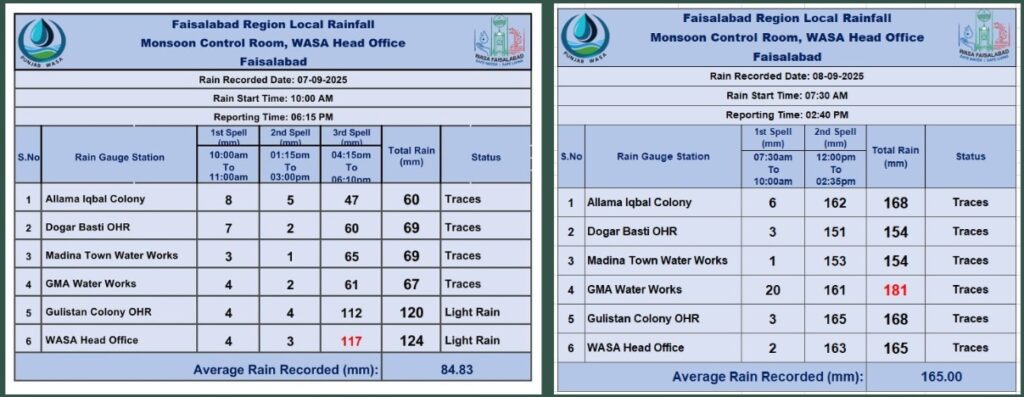
The torrential downpours that struck Faisalabad on September 7 and 8 submerged large parts of the city, disrupting daily life and raising a familiar question: was the flooding the result of unusually heavy rainfall, or the failure of the city’s drainage system?
Millions Spent, But Little Relief
This question is particularly significant given that the Water and Sanitation Agency (WASA) spends millions of rupees each year on de-silting stormwater drains and maintaining the monsoon drainage network. Yet, with just one spell of intense rainfall, these preparations often collapse, exposing serious shortcomings.
The Need for a Separate Stormwater System
The situation also underscores the urgent need to revive or redesign a separate drainage system for stormwater, independent of the sewage network. This is crucial not only because billions of rupees have already been allocated for sewerage expansion, but also because Faisalabad’s groundwater levels are depleting and the remaining reserves are heavily contaminated—making them unsafe for use. In this context, channeling precious rainwater into sewage lines is not just wasteful but also fuels suspicions that claims of excessive rainfall provide cover for misuse of public funds.
What the Numbers Say
According to WASA Faisalabad, on Sunday, September 7, the heaviest rainfall was recorded in Civil Lines—124 millimeters—where WASA’s own headquarters is located. Other figures for that day included 120mm in Gulistan Colony, 67mm in Ghulam Muhammadabad, 69mm in Madina Town, 69mm in Peoples Colony, and 60mm in Allama Iqbal Colony.
The next day, Monday, September 8, rainfall intensified with WASA reporting 181mm in Ghulam Muhammadabad, 168mm each in Allama Iqbal Colony and Gulistan Colony, 165mm in Civil Lines, and 154mm in both Peoples Colony and Madina Town. This means the citywide average rainfall was 84.83mm on September 7 and 165mm on September 8.
The “Record Rainfall” Narrative
Despite this, the Deputy Commissioner’s official Facebook page cited 184mm recorded in Ghulam Muhammadabad as evidence that Faisalabad had broken a 30-year rainfall record. Meanwhile, government sources fed journalists figures claiming that “320mm of rainfall was recorded in the last 24 hours—the highest in Faisalabad’s 64-year history—surpassing the previous record of 254.2mm set on September 5, 1961.”
The Historical Record Tells Another Story
Contrary to the official claims, neither the assertion of “the heaviest rainfall in 64 years” nor the district administration’s statement that a “30-year record was broken on Monday” holds true. In fact, Faisalabad received 200 millimeters of rain on July 21, 2021—far more than this year’s downpour—yet no such claim of a historic record was made at the time by WASA or the administration. This suggests that the recent narrative of “record-breaking rainfall” is being used as a cover to mask the failure of the drainage system and administrative inefficiency.
Decades of Neglect and Mismanagement
However, the blame cannot rest solely on the current administration. The roots of the problem lie in decades of mismanagement and corruption, which are evident when one examines the city’s drainage system. For instance, after its inception, WASA repurposed the natural stormwater channels around the city—originally built to carry rainwater into rivers—into sewage drains. Similarly, the historic drains around the iconic Clock Tower’s eight bazaars, constructed during the colonial era for rainwater management, have long been encroached upon with shops and plazas. The same fate has befallen storm drains in major commercial centers such as Tata Bazaar, D-Ground, Satyana Road, Jaranwala Road, Samundri Road, and Sargodha Road, where either encroachments block water flow or years of neglect have rendered them defunct. Despite the government’s ongoing anti-encroachment drive this year, no serious action has been taken to clear illegal structures on stormwater channels.
Factories and Urban Sprawl Add to the Pressure
Adding to the crisis, hundreds of factories in densely populated neighborhoods routinely discharge wastewater far beyond the permissible limits into sewer lines and streets, overwhelming the drainage system. Roads in these areas are perpetually waterlogged even during dry spells, causing chronic mobility issues for residents.
Urban Development Practices That Worsen Flooding
Urban development practices have further aggravated the problem. Across Faisalabad, countless speed breakers and haphazardly elevated streets, built by residents in front of their homes, obstruct natural water flow. Moreover, public institutions and homeowners alike often block rainwater from entering parks, school grounds, and open green belts. Instead, the water is channeled into sewer lines, which not only increases pressure on the system but also wastes a precious natural resource by mixing clean rainwater with sewage.
A Missed Opportunity for Water Security
Experts argue that if recharge wells were constructed in these parks, schoolyards, and green belts, not only would rainwater drainage become more efficient, but the city’s groundwater table and quality could also be improved—offering citizens clean water at no additional cost.
Time for a Paradigm Shift
The recent urbar flooding should serve as a wake-up call. Faisalabad’s recurring urban flooding is not merely the result of heavy rainfall but the culmination of years of poor planning, weak governance, and disregard for natural water management systems. Unless the city prioritizes sustainable drainage, protects its stormwater channels, and invests in rainwater harvesting, the cycle of flooding, disruption, and blame-shifting will continue. Turning rain from a liability into an asset could not only protect the city from future floods but also address its looming water scarcity crisis.

